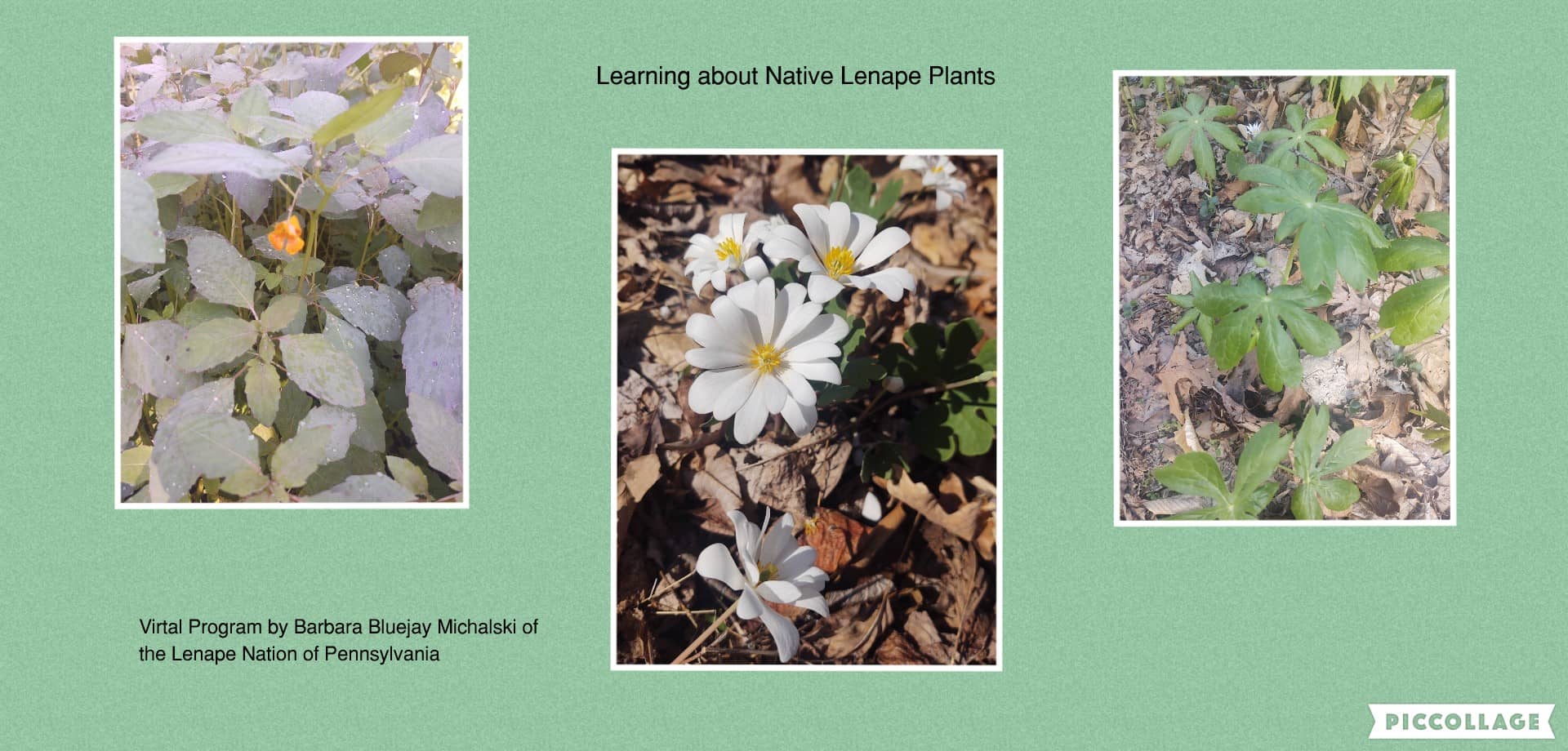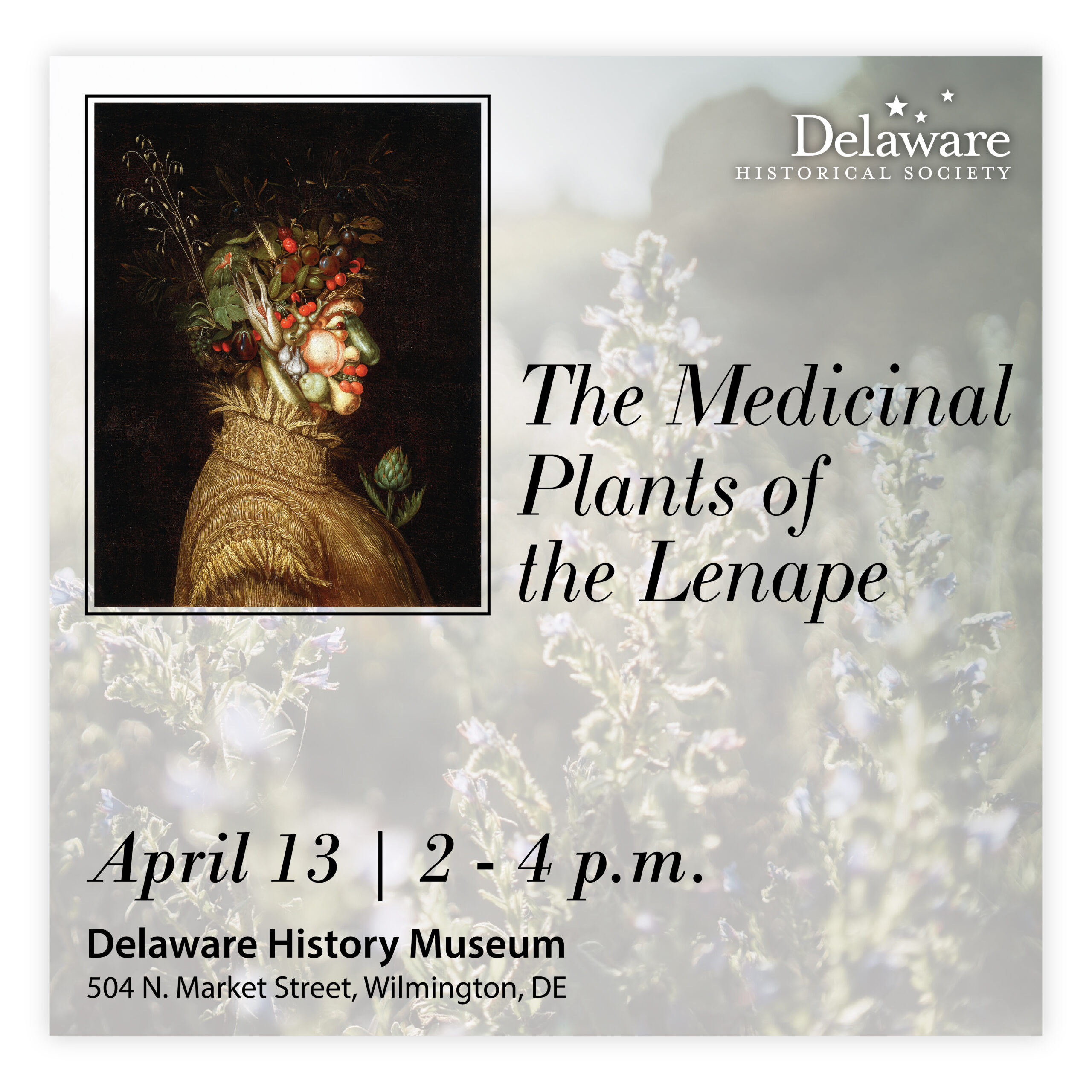
Guardians of the Green Legacy: The Enduring Wisdom of Lenape Traditional Plant Uses
In the verdant embrace of what is now the northeastern United States, long before the concrete arteries of modern cities crisscrossed the landscape, lived the Lenape people. Known as the "Grandfathers" among many Algonquian-speaking nations, their ancestral lands, Lenapehoking, stretched from the lower Hudson River Valley through eastern Pennsylvania, New Jersey, and northern Delaware. This vast and diverse territory, teeming with forests, rivers, and coastal plains, was not merely a backdrop for their lives; it was the very essence of their existence, a living larder, a pharmacy, and a spiritual sanctuary.
The Lenape relationship with the plant world was profound, intricate, and holistic, far transcending mere survival. It was built on a deep understanding of reciprocity, respect, and observation passed down through countless generations. This ethnobotanical wisdom, honed over millennia, allowed them to thrive, illustrating a profound harmony with nature that modern societies often struggle to reclaim.

The Land, The People, The Plants: A Symbiotic Relationship
For the Lenape, the land was a relative, a provider, and a teacher. Every plant, from the towering oak to the smallest moss, held a purpose, a story, and a spirit. Their knowledge was not confined to identifying edible or medicinal properties; it encompassed the plant’s life cycle, its preferred habitat, its interaction with other species, and its spiritual significance. This comprehensive understanding formed the bedrock of their sustainable practices, ensuring that resources were never depleted and the natural balance was maintained.
"Our ancestors lived in direct conversation with the land," explains a contemporary Lenape elder, emphasizing the oral traditions that kept this knowledge alive. "They didn’t just take; they listened, they gave thanks, and they understood that the health of the land was their own health."
A Pantry from the Forest Floor: Food Sources
The cornerstone of the Lenape diet was the "Three Sisters" – corn (Zea mays), beans (Phaseolus vulgaris), and squash (Cucurbita pepo). This ingenious polyculture system, practiced across many Indigenous cultures, was a testament to their agricultural prowess. The corn provided a stalk for the beans to climb, the beans fixed nitrogen in the soil, enriching it for the hungry corn, and the broad leaves of the squash provided ground cover, suppressing weeds and retaining moisture. This sustainable triad provided a balanced nutritional base of carbohydrates, proteins, and vitamins.
Beyond cultivation, foraging played a crucial role in their seasonal diet. Spring brought wild leeks (ramps), fiddlehead ferns, and young milkweed shoots, rich in vitamins after the long winter. Summer offered an abundance of berries – strawberries, blueberries, raspberries, and blackberries – gathered for immediate consumption and dried for winter use. Autumn was a time for harvesting nuts: hickory, black walnut, chestnut (before the blight), and acorns, which were leached to remove tannins and ground into flour.
Perhaps one of the most vital early spring harvests was maple sap. As the days warmed and nights remained cold, the Lenape tapped maple trees (Acer saccharum) to collect the clear, sweet liquid, boiling it down to produce syrup and granular sugar. This concentrated sweetener was not only a delicious addition to their diet but also a crucial source of energy and a valuable trade item. "The maple tree was a gift from the Creator," a Lenape storyteller might recount, "providing the first sweet taste of spring and sustaining us through the lean months."
Nature’s Pharmacy: Medicinal Applications

The Lenape possessed an extensive pharmacopoeia derived entirely from their local flora, treating everything from common ailments to more serious conditions. Their approach to medicine was holistic, recognizing the interconnectedness of physical, mental, and spiritual well-being. Healers, often elders or those with specific spiritual gifts, carefully prepared remedies, combining their botanical knowledge with ceremonial practices.
- Sassafras (Sassafras albidum): Widely used, sassafras bark and roots were brewed into a tea believed to purify the blood, treat fevers, and alleviate colds. Its distinctive aroma also made it a pleasant beverage.
- Willow (Salix spp.): The inner bark of willow trees, rich in salicin (the precursor to aspirin), was chewed or brewed into a tea to relieve pain, reduce fever, and treat inflammation. This knowledge predated Western discovery of aspirin by centuries.
- Wild Ginger (Asarum canadense): The rhizome of wild ginger was used for digestive complaints, colds, and fevers. Its pungent, warming properties were valued in winter remedies.
- Sumac (Rhus spp.): The red berries of sumac were crushed and steeped in water to create a tart, vitamin C-rich drink that helped combat scurvy and treat fevers. The leaves were also used as an astringent.
- Plantain (Plantago major): A common "weed," plantain leaves were crushed and applied as a poultice to soothe insect bites, stings, and minor wounds, drawing out toxins and promoting healing.
- Bloodroot (Sanguinaria canadensis): While potent and used with extreme caution, the red sap of bloodroot was traditionally employed for skin conditions and as an emetic, always under the guidance of experienced healers due to its toxicity.
The preparation of these medicines was precise, involving specific parts of the plant, harvesting times, and methods of drying, grinding, or decocting. This intricate knowledge was a closely guarded treasure, passed from teacher to apprentice.
Beyond Sustenance: Crafts, Tools, and Shelter
Plants were integral to every aspect of Lenape material culture. They provided fibers for textiles, dyes for adornment, and wood for tools, weapons, and shelter.
- Fibers: Milkweed (Asclepias syriaca), dogbane (Apocynum cannabinum), and basswood (Tilia americana) were primary sources of strong, durable fibers. These were meticulously processed – stalks soaked, fibers separated, and then twisted into cordage for fishing nets, snares, bowstrings, and sewing thread. Mats woven from cattail (Typha latifolia) leaves provided insulation and floor coverings in their wigwams and longhouses.
- Dyes: The natural world provided a vibrant palette. Bloodroot yielded a striking red, sumac berries and leaves produced shades of red and orange, and black walnut (Juglans nigra) hulls gave rich browns and blacks. These dyes adorned clothing, baskets, and ceremonial items.
- Wood and Construction: The abundant forests supplied materials for housing. Flexible saplings, often from willow or ash, were bent to form the framework of wigwams, covered with bark sheets or woven mats. Larger trees provided timber for longer, communal longhouses. Wood was also fashioned into bowls, spoons, and various tools, while certain hardwoods were used for bows and arrow shafts.
The Spiritual Weave: Ceremonial Uses
The spiritual connection to plants permeated Lenape life. Plants were seen as living entities, imbued with spirit, and were often central to ceremonies, prayers, and offerings.
- Tobacco (Nicotiana rustica): Sacred tobacco was paramount. Unlike commercial tobacco, traditional tobacco was stronger and used sparingly, primarily as an offering to the Creator, to spirits, and to the land before harvesting. Smoking tobacco in a pipe was a way to send prayers to the spirit world, to seal agreements, and to purify spaces.
- Smudging Herbs: While sweetgrass (Hierochloe odorata), sage (Salvia spp.), and cedar (Thuja occidentalis) are more commonly associated with Plains and Western Indigenous cultures, similar practices of using aromatic plants for purification and spiritual cleansing existed in various forms among Eastern Woodlands peoples, including the Lenape, emphasizing the deep respect for plant spirits.
Guardians of Knowledge: Transmission and Preservation
For millennia, this vast repository of ethnobotanical knowledge was transmitted orally, through direct teaching, apprenticeship, and immersion in the natural world. Elders played a critical role, sharing stories, demonstrating techniques, and guiding younger generations through the seasonal cycles of harvesting and preparation. The Lenape language itself was a key vehicle for this knowledge, with specific terms for plants, their parts, and their uses, often embedding cultural narratives and practical instructions.
However, the arrival of European colonists brought profound disruption. Forced removals, the destruction of ancestral lands, the suppression of language and culture, and the introduction of foreign diseases severed many of the vital links in this chain of knowledge transmission. Generations grew up disconnected from the land and the wisdom that had sustained their ancestors.
Challenges in the Modern Era
Today, the Lenape people, dispersed across communities in Oklahoma, Wisconsin, and Ontario, face ongoing challenges in preserving and revitalizing their traditional plant knowledge. Access to ancestral lands, where many of these plants still grow, is limited. The erosion of the Lenape language further complicates the transmission of nuanced information. Furthermore, environmental degradation, habitat loss, and climate change threaten the very existence of many native plant species.
Revitalization and Resilience: A Blooming Future
Despite these formidable obstacles, the Lenape are actively engaged in powerful efforts to reclaim and revitalize their ethnobotanical heritage. Cultural centers are established to teach language, traditional crafts, and plant uses. Elders and knowledge keepers, often working with younger generations, lead workshops on foraging, traditional cooking, and medicine making.
Initiatives focused on "rematriation" – returning Indigenous peoples to their ancestral lands and traditional ecological practices – are gaining momentum, allowing for renewed direct interaction with the plants and ecosystems. Botanists and ethnobotanists are collaborating with Lenape communities to document and preserve knowledge, ensuring that it is not lost, while respecting the sacred and proprietary nature of certain information. Seed banks are being established to protect rare and culturally significant plant varieties.
These efforts are not merely about preserving historical facts; they are about strengthening cultural identity, promoting health and wellness, and fostering a renewed connection to the land and the ancestral ways of knowing. The Lenape understand that their plant knowledge is a living, evolving tradition, vital for the well-being of their people and for the future of the planet.
In the rustling leaves of the sassafras, the resilient stalks of corn, and the patient flow of maple sap, the enduring wisdom of the Lenape people continues to whisper. Their profound relationship with the plant world serves as a powerful reminder of humanity’s potential for harmonious coexistence with nature, offering invaluable lessons for a world increasingly seeking sustainable paths forward. The green legacy of the Lenape, cultivated over millennia, is not just a testament to their past, but a beacon of hope for a more interconnected and respectful future.


